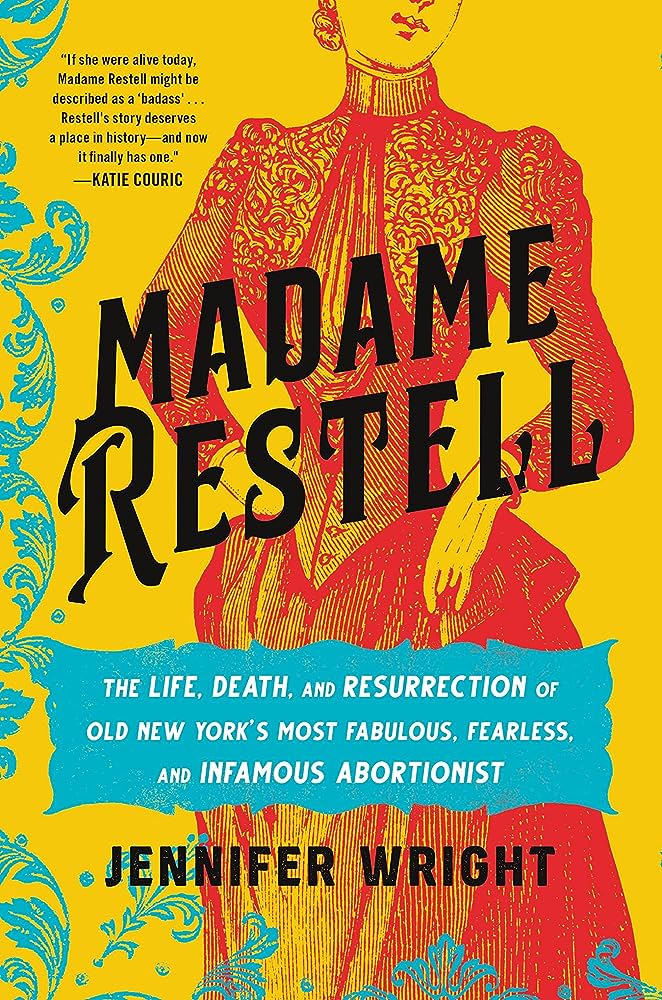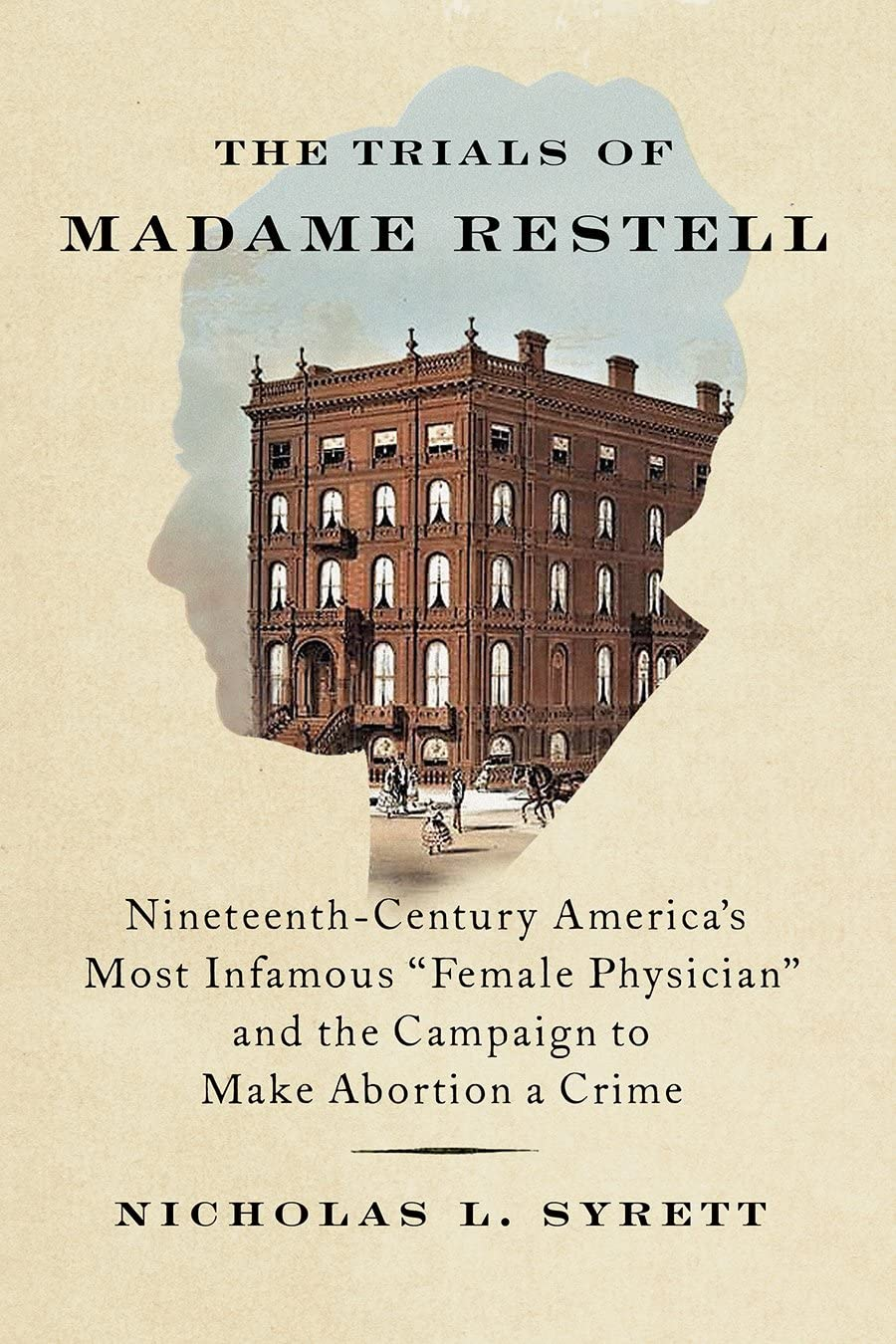The trial that landed her in prison for a year and made her a household name took place in 1847. Maria Bodine, a twenty-six-year-old maid with a child by her employer, had sought out Restell’s services. More than a year after her abortion, Bodine fell ill. The symptoms of her illness were almost certainly the result of venereal disease, not miscarriage, but her male doctor reported her abortion, in writing, to the mayor of New York.
The court drama turned on which woman could best play the female victim, a contest Restell was destined to lose. Bodine approached the stand “with a feeble, tottering walk…evidently in a rapid decline of health,” the National Police Gazette reported, creating “much excitement and sympathy throughout the crowded court-room.” At one point, Bodine fainted. Meanwhile, the prosecution portrayed Restell as “fiend-like” and “unsex[ed],” “the butcher” to Bodine’s “lamb.” An all-male jury delivered a guilty verdict in less than an hour.
In the end, the victors in the proxy class war were not the workingmen riled up by the tabloids but the upper-crust “regular” male physicians of the American Medical Association, who took advantage of the inflamed climate to stamp out midwifery and claim the field of obstetrics and gynecology for themselves. That charge was led by Horatio Robinson Storer, a Harvard Medical School graduate and gynecologist, who persuaded the AMA to formally oppose abortion in 1859.
Central to Storer’s success was his creation of a new “victim,” the fetus, whose life, he insisted, began not when a woman said it did—at quickening, which he dismissed as “but a sensation”—but at fertilization. “The child is alive from the moment of conception,” he wrote in a letter the AMA issued in 1860, a theme he reiterated in multiple missives and an 1866 book. Once the egg “reached the womb,” he held, it “assumed a separate and independent existence.” The zygote was now the patient—and a sexed one. Storer and his AMA fellows called that autonomous embryo “the potential male” and “the future young man.”





















